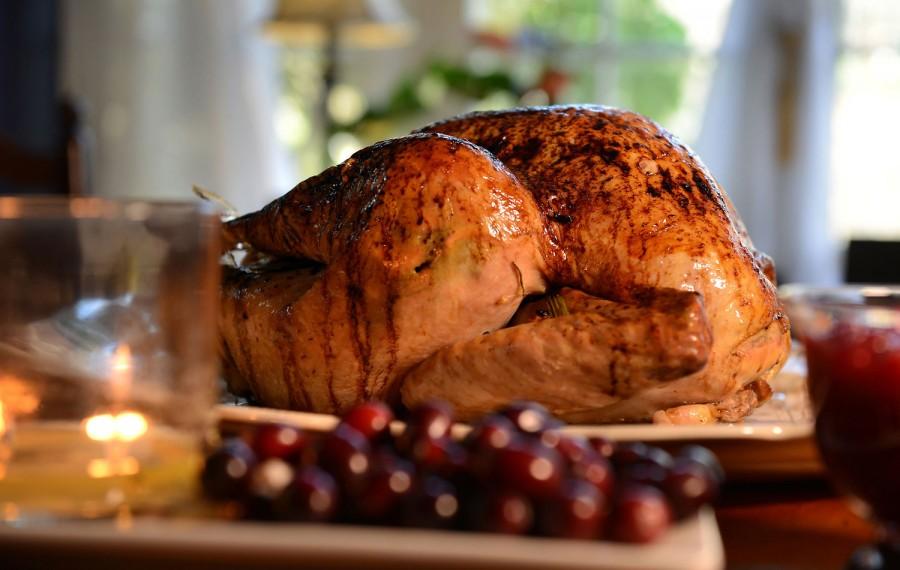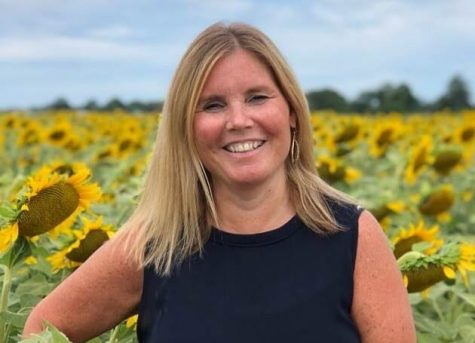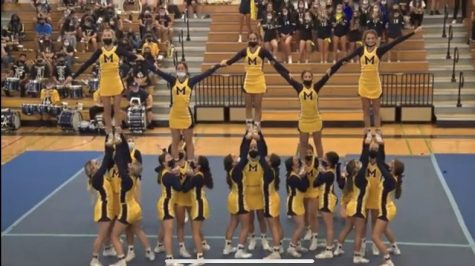The Squanto sophism: the real first Thanksgiving
The origins of Thanksgiving are often misconstrued and taught incorrectly in schools.
Every year, elementary school students are taught about the first Thanksgiving feast, abound with food, security, and merriment. However, this common portrayal of “Turkey Day” is simply inaccurate.
First, the very figure known as “Squanto” is shrouded in mystery and historical enigma. Squanto is also known as Tisquantum, and schoolchildren recognize him as the Wampanoag Native American who translated and conversed with the Pilgrims, introduced the Europeans to New World animals and lands, and interacted entirely amiably.
Academically speaking, historians cannot even be certain of his true name. It is most likely that neither Squanto nor Tisquantum were his birth name because tisquantum refers to the fury of the spiritual power known as manitou.
Many people overlook precisely how Squanto learned to speak English well enough to interpret it when his original tongue was Wampanoag, or Massachusett. In 1614, Thomas Hunt of England, abducted Squanto and about 24 other Wampanoag Native Americans from their home village of Patuxet, later known to wasps (White Anglo-Saxon Protestants) as Plymouth, and brought them to Europe- more specifically Spain. None one, except for Squanto, ever made it back to North America.
In Spain, Hunt attempted to sell the captured Wampanoag Native Americans into slavery.; however, he failed due to religious figures, who opposed the institution of slavery, and objected, causing an uproar to ensue.
Squanto was sold into slavery, but he was eventually freed by Catholic monks located in Spain. These individuals opposed the inherent exploitation of slavery and strove to help those seize its viselike grasp. According to the theological texts available to them, the theory of coerced labor was, inhumane and did not comply with their religious doctrines. Sects of Christians and other religious people would fight the constructs of human exploitation established in both the Old World and the New World from before that point and long after.
Bartolome de las Casas is a prime example of the abolitionists in the pre colonial American continents. Born in 1484 in Spain, de las Casas witnessed the march of Columbus prior to his first trip to the Americas in 1492. On Palm Sunday of that same year, seven Native Americans were paraded through dressed in traditional garb and adorned with ornamented masks and golden plates.
Of those Hunt captured and kidnapped, Squanto was “the only one… to ever return to North America,” according to the Huffington Post However, when he returned, he did not find much. An outbreak of “viral hepatitis” spread throughout the New England region which caused every Native American of Patuxet to die.
This bout of disease in addition to others confirmed, to the arriving Europeans, that their god was preparing this new land for their invasions and control by seemingly killing the former inhabitants. In this way, Plymouth was built upon the deaths of an entire village’s occupants.
Tisquantum was obviously not welcomed back, and Massasoit, a Wampanoag leader, distrusted Tisquantum and placed him under constant monitoring. Meanwhile, Massasoit aimed to create a peaceful and prosperous relationship between the Europeans and Native Americans.
It was when the Pilgrims arrived that Tisquantum was allowed free to interact with them. It was at this point that Tisquantum attempted to facilitate negative relations between the Pilgrims and Massasoit in addition to those under his leadership. Massasoit learned of Tisquantum’s actions and ordered the Pilgrims to relinquish him for execution, but they refused.
Upset and furious, Massasoit gathered ninety warriors with weapons and approached the settlers. According to the Huffington Post, they reacted by “firing their guns in the air in a manner intended to convey menace.”
Obviously, not many people are familiar with the origins of Thanksgiving. “It’s a shocking and interesting story that reveals a part of history not many people know,” junior Victoria Barbera commented.
After this incident, both groups then began the feasting because the Pilgrims were finally in a stable enough position to do so. Thus only this last portion of the events is remembered and given tribute on an annual basis. This is the reason why on the third Thursday of each November, you consume tryptophan-loaded turkey and watch football.





